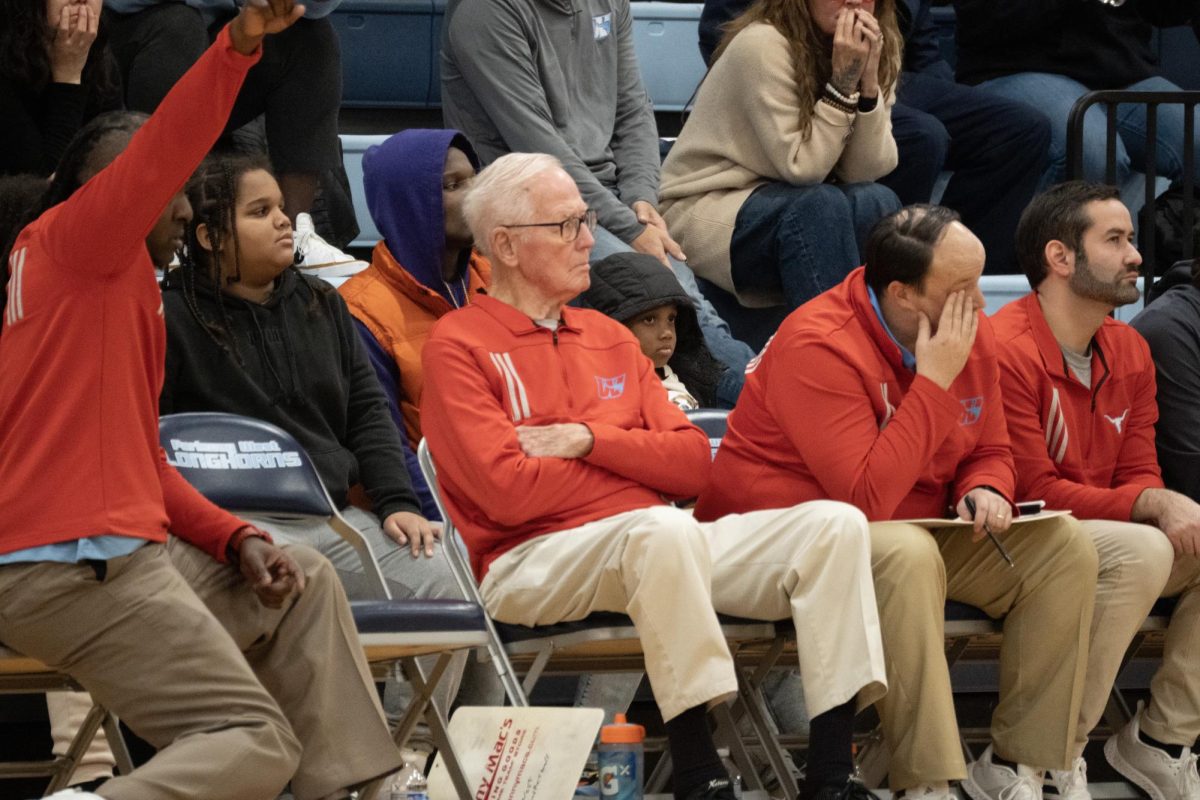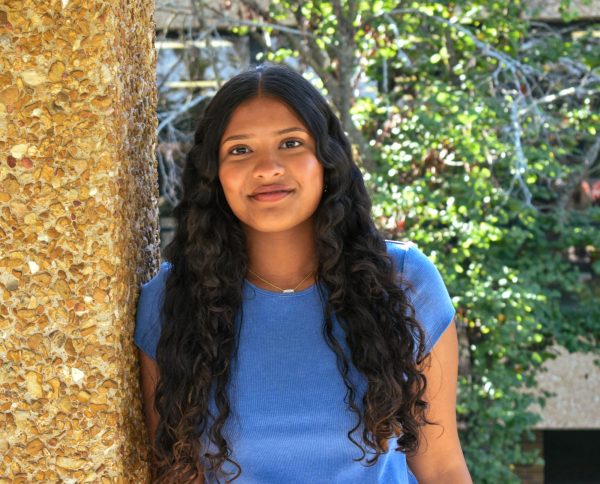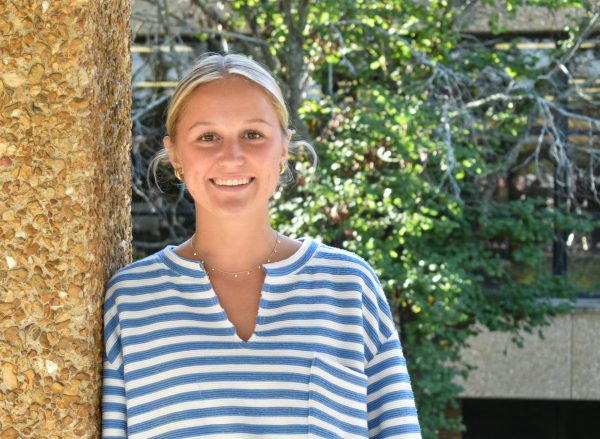Each year, the crisp autumn weather breezes by, carrying comforting traditions of the outdoors; Fright Fests, pumpkin patches and hayrides arrive annually, embracing the return of sweater weather. But as the leaves begin to fall, one particular St. Louis event that celebrates the history of our country returns: Faust Park’s Folklife Festival.
For 35 years, the lively festival has given attendees the opportunity to observe the daily lives of colonial settlers and indigenous peoples from the early 1800s to the early 1900s. The event, organized by general event coordinator Tim Emmons and volunteer coordinator Krista Farrow, represents historical aspects of colonial times by displaying activities and tools relevant to the period. Dressed in traditional period clothing, event participants passionately show off their stations, demonstrating the use of various historical techniques for daily tasks to passersby. The twist, though, is the event’s medley of both Native American and settler culture visuals throughout one festival: a rare combination for historical festivals, and one that requires closer inspection to determine its success.
On Sept. 23-24, students attended the festival, either volunteering or simply enjoying a fascinating trip back in time. In doing so, various perspectives of colonial America were discovered.
“I heard the festival was a cool opportunity to see colonial culture mixed with Old America and how it all started up. I thought it’d be cool to check it out,” junior Samir Shaik said.
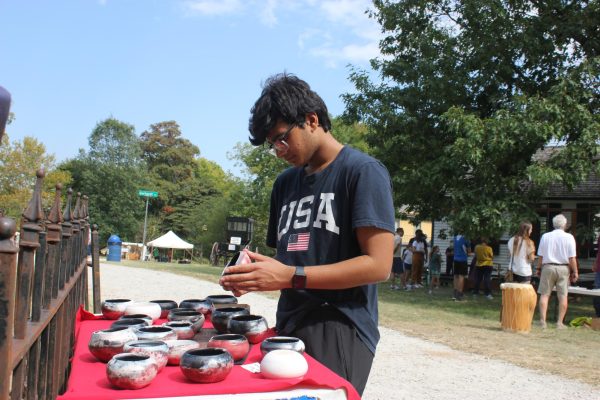
(Risa Cidoni)
“[The exhibits showed] how settlers worked with tools to make soap, to make a split rail fence system with logs and to do laundry without modern equipment. The blacksmith station demonstrated how blacksmiths could make any tool needed. Spinners, weavers and rug hookers demonstrated how household goods would be made for a family,” Emmons said. “The smokehouse on-site showcased how settlers preserved their meat for the winter. The Historic Village had two schoolhouses to show how schoolhouses evolved from one-room schoolhouses to what we have today as well. “
Many stations featured engaging interactive elements too, including demonstrations, games and attendee participation in certain activities. While mimicking the operations of settlers in the past, coordinators would explain the history behind each activity to provide additional context for the audience. Overall, this added element played into the appeal of the event as audience members got a chance to understand the uses of each tool and visualize their past applications, offering context to several unknown pieces of machinery.
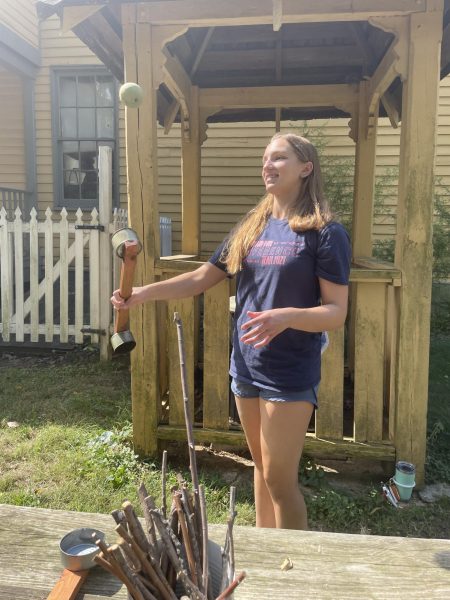
“We got to go around and see people making soap, organic honey [and] string using old machines. [As a volunteer], we worked in the games section, where we would introduce people to games that colonial people used to do. We had a lot of fun,” sophomore Ryan Shabani said.
Furthermore, every demonstrator at a station played into their role by wearing traditional colonial settler clothing or Native American clothing, commonly referred to as regalia, transforming everyday park to a historical fairground.
“The adults managing [the event] were nice and super into the festival, which made it more fun. Seeing them dressed up and interacting with us made the festival feel more real,” senior Jojo Shank said.
The greatest reciprocity from the festival, however, came not from the deliberate arrangements or technical costumes of activity booths, but from the personable opportunities provided to interact with attendees and share an interest in learning about American history. Student volunteers arriving at the festival to earn service hours left with a connection to strangers over a bonding related to their nation.
“My favorite part of the festival was interacting with people there. At our games table, kids would come over and color with us or stack sticks into a log cabin on the table. It was fun to connect with them through those games,” Shabani said.
The relevancy of a historical festival like Folklife Festival is its emphasis on bringing back old traditions and connecting them to modern lifestyle. While the methods displayed are from centuries ago, the creativity and critical thinking that settlers and indigenous people used with limited resources is an essential tool for the success of humanity as years continue to pass.
“[This event] shows how resourceful people were, how they had to make accommodations based on the seasons and other obstacles,” Emmons said. “It is important to celebrate and show how people lived in the past and how things have changed.”
Attending historical festivals allows people to take a step out of contemporary lifestyle issues and into the shoes of colonial-era drawbacks. Retracing the past teaches the struggles of the settlers and Native Americans in order to understand the weight of the privileges modern society holds today.
“[Learning] about our own history gives us insight into the way things used to be. It shows how far we’ve come as an American society, but also lets us see how interesting life was back before we had all these things that we have now,” Shabani said.
The unique element of this festival is the fusion of settlers and indigenous peoples’ daily lives. With various displays pertaining to both cultures, from colonial wagons to traditional indigenous pottery to hunting materials, attendees saw both sides of American history through one walk.
“[Blending cultures] brings us together as a community,” Shabani said. “If the festival just weighed one or the other — for example, if it was just for Native Americans — then people that cannot relate may not show up. But when they combine, it brings together the community; you meet new people and everyone is more celebrated.”
Moreso, the combination of Native American and settler culture in one place allowed viewers to witness many methods to accomplish the same task. The possibility of comparison from an outside, modern-day perspective facilitates a clearer consensus of what parts of history to replicate and what not to.
“[Combining cultures] gives you more information about people and how they respond to situations. For example, the natives would put a fish in the ground before they planted their seeds, while Pilgrims would just put the seeds in the ground. It’s interesting to see how the natives have been there longer and know more tricks. It shows that different groups of people are better at different things,” Shank said. “When we look back on that, we can take the best parts from each and grow it into our own culture.”
In light of recent discussions surrounding the holiday initially referred to as ‘Columbus Day’ and its moral significance in the history of colonizing culture, many states are divided between the choice of representation of indigenous culture or colonial culture on this particular day. However, it is events like the Folklife Festival that can introduce a new perspective; despite the tragedies of the past or your stance on the events of colonization, both cultures offer something we, today, can learn from. Both colonizers and indigenous peoples have impacted our society today, whether for worse or for better, and that is an acknowledgement worth providing.
“Both cultures existed at the same time,” Shaik said. “Those are both foundational aspects of our country’s society, so we need to be able to celebrate both together.”
Still, there continues to be further accommodations needed to prioritize a diverse portrayal of history in our country. While the discussions around Columbus Day and the inclusion of native culture in traditional American historical festivals convey a step in the right direction, several sides of history have been misrepresented for years in the past, and that insensitivity takes time and effort to undo. It is through attendance of learning opportunities such as the Folklife Festival that modern society can begin the work to get to an all-inclusive environment.
“We need to be more diverse in everyday life,” Shank said. “Especially in historical places where you go in to learn about people of the past, there needs to be more inclusivity. It simply gives you more information about people and how they respond to situations. Preserving all sides of history gives a broader, better picture — the full picture — which keeps us moving forward.”

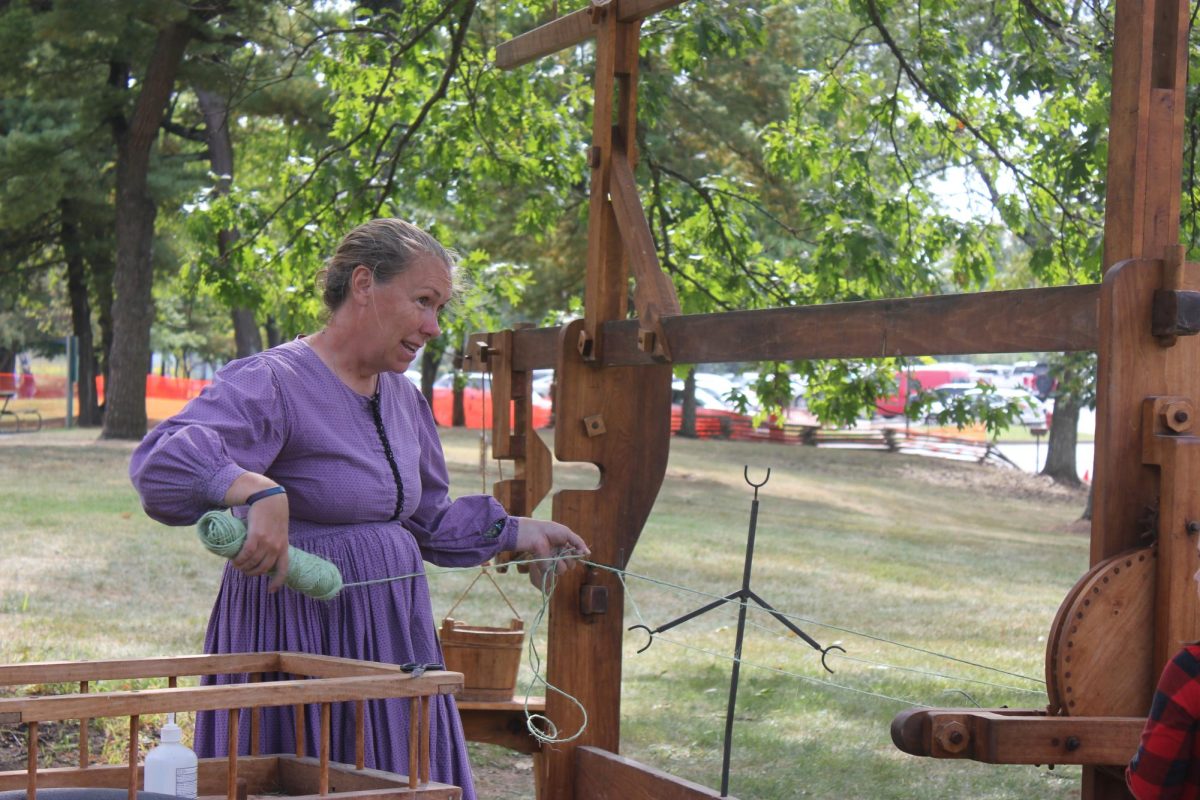

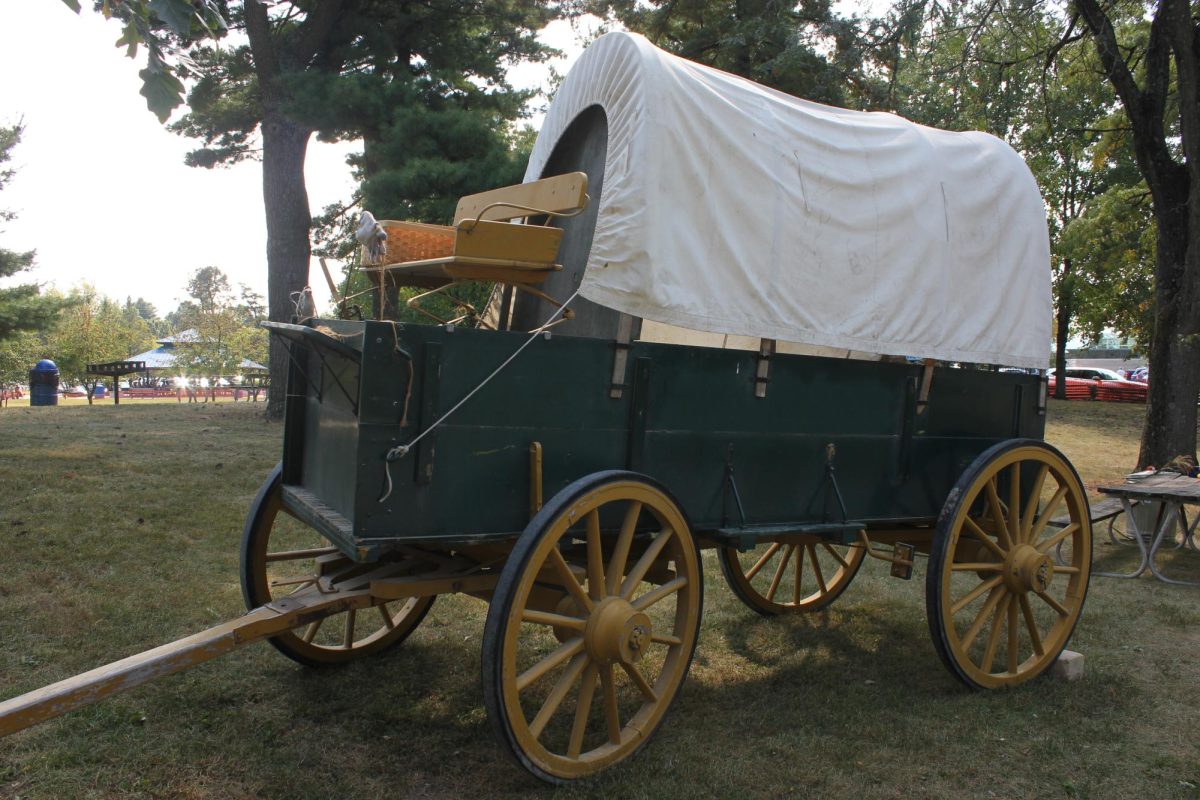


![Pantone’s selection of the 2025 Color of the Year is revealed: Mocha Mousse. Ceramics teacher Ashley Drissell enjoys this year’s selection. “Maybe it’s the name but [Mocha Mousse] reminds me of chocolate and coffee. It makes me hungry. It’s very rich and decadent,” Drissell said.](https://pwestpathfinder.com/wp-content/uploads/2025/02/DSC_0015-1200x800.jpg)

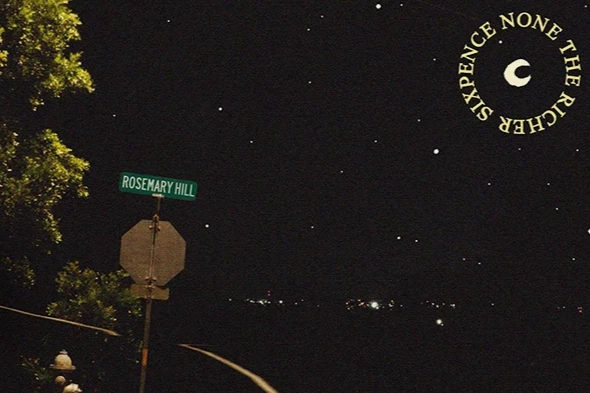
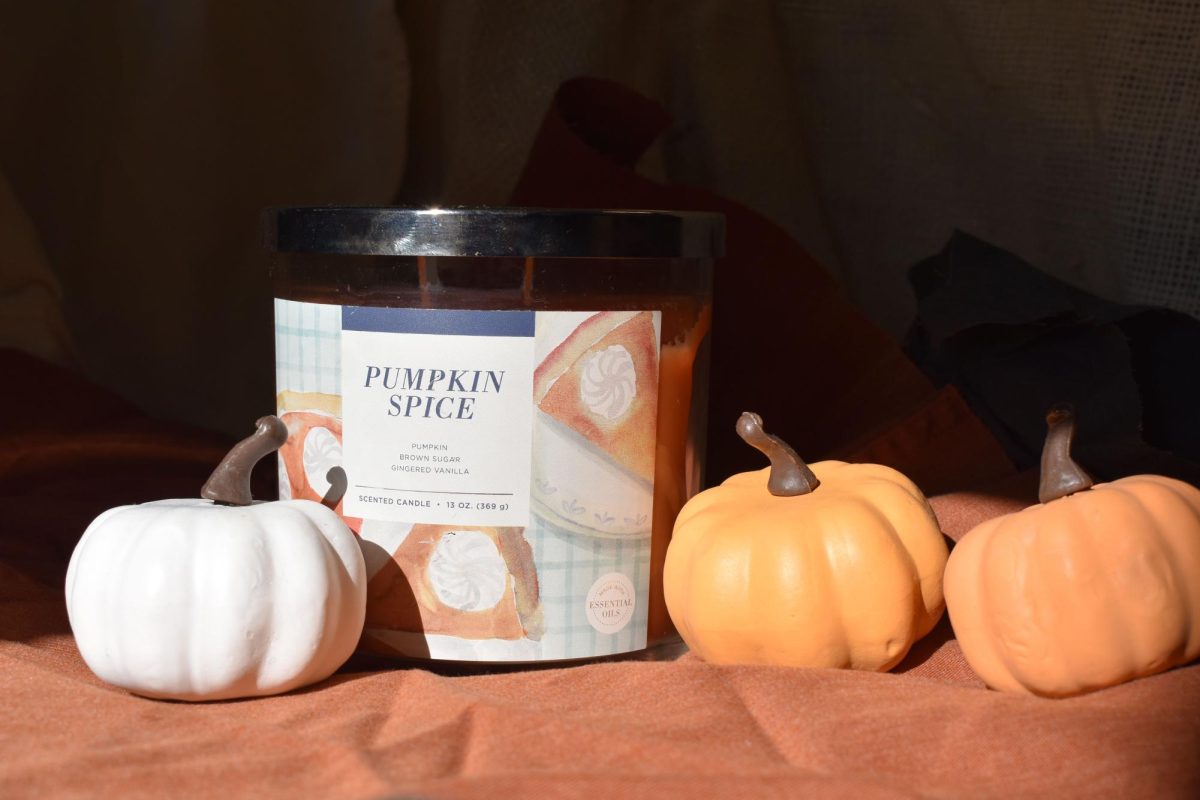



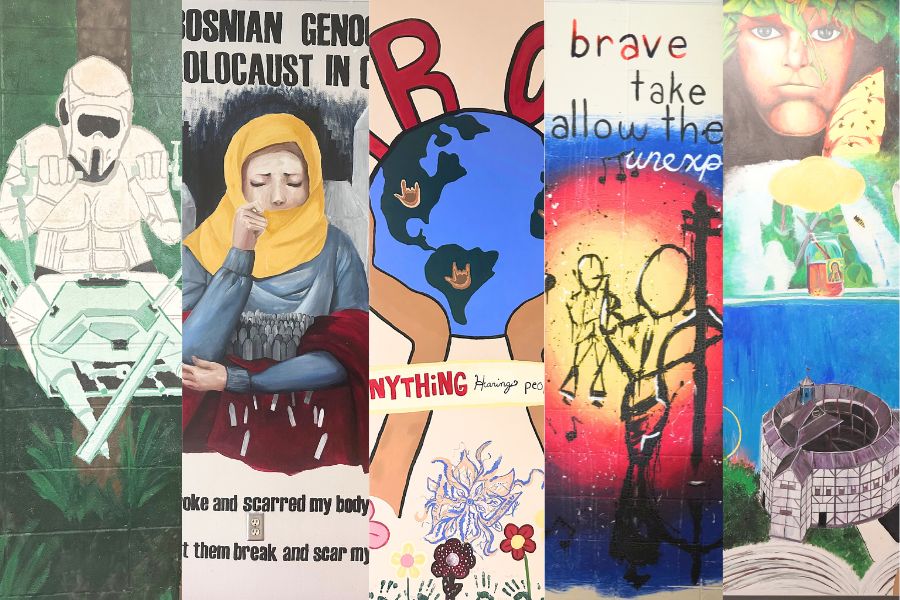

![Junior Fiona Dye lifts weights in Strength and Conditioning. Now that the Trump administration has instituted policies such as AI deregulation, tariffs and university funding freezes, women may have to work twice as hard to get half as far. "[Trump] wants America to be more divided; he wants to inspire hatred in people,” feminist club member and junior Clara Lazarini said.](https://pwestpathfinder.com/wp-content/uploads/2025/05/Flag.png)
![As the Trump administration cracks down on immigration, it scapegoats many immigrants for the United States’ plights, precipitating a possible genocide. Sophomore Annabella Whiteley moved from the United Kingdom when she was eight. “It’s pretty scary because I’m on a visa. When my visa expires next year, I’m not sure what’s going to happen, especially with [immigration] policies up in the air, so it is a concern for my family,” Whiteley said.](https://pwestpathfinder.com/wp-content/uploads/2025/05/DSC_0077-7copy.jpg)
![Shifting global trade, President Donald Trump’s tariffs are raising concerns about economic stability for the U.S. and other countries alike. “[The tariffs are] going to pose a distinct challenge to the U.S. economy and a challenge to the global economy on the whole because it's going to greatly upset who trades with who and where resources and products are going to come from,” social studies teacher Melvin Trotier said.](https://pwestpathfinder.com/wp-content/uploads/2025/05/MDB_3456-1200x800.jpg)
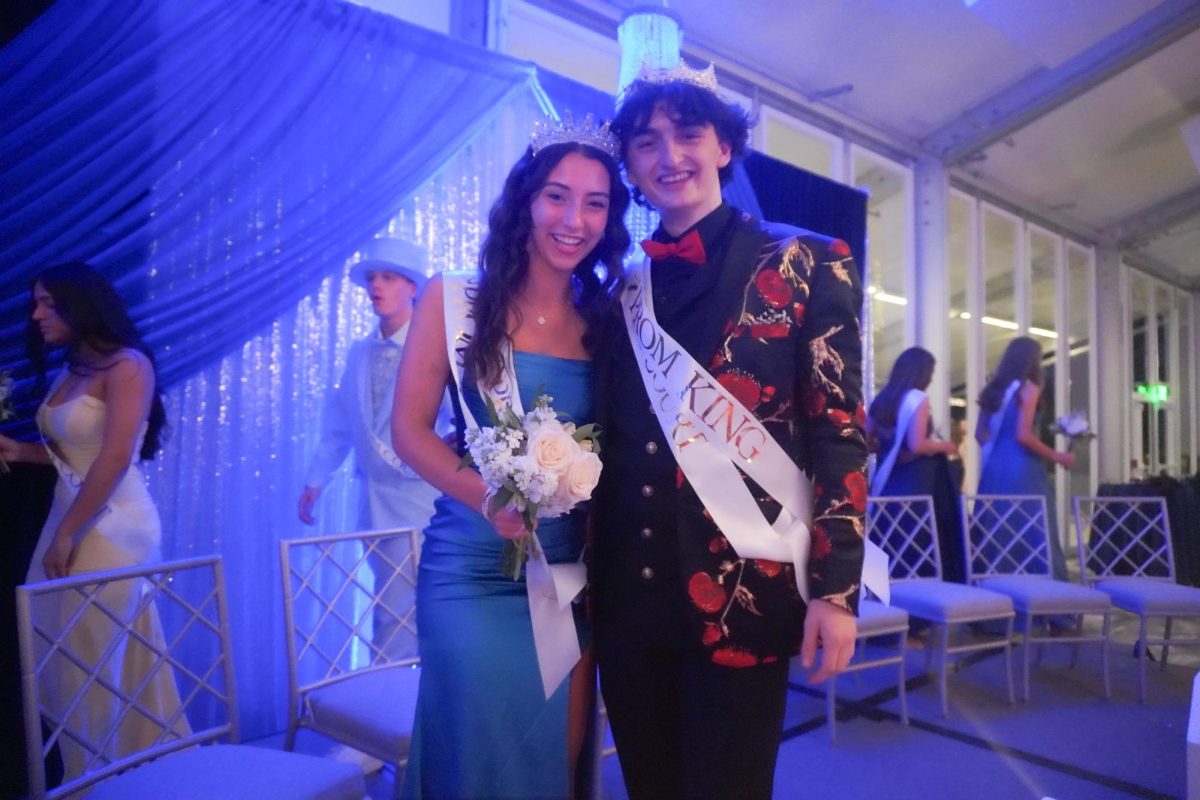
![Pitching the ball on Apr. 14, senior Henry Wild and his team play against Belleville East. Wild was named scholar athlete of the year by St. Louis Post-Dispatch after maintaining a high cumulative GPA and staying involved with athletics for all of high school. “It’s an amazing honor. I feel very blessed to have the opportunity to represent my school [and] what [it] stands for,” Wild said.](https://pwestpathfinder.com/wp-content/uploads/2025/05/unnamed-6-1200x714.jpg)
![Red, white and blue, the American flag holds the values of our democracy. The fight that we once endured has returned, as student journalists and senior correspondents across the country are losing their voices due to government control. “[Are] the White House and [the] government limiting free speech [and] freedom of the press? Yes [they are],” chief communications officer of the Parkway School District and former journalist Elisa Tomich said.](https://pwestpathfinder.com/wp-content/uploads/2025/03/Untitled-design-14.jpg)
![Freezing in their position, the Addams Family cast hits the “rigor mortis” pose after cast member and senior Jack Mullen, in character as Gomez Addams, calls out the stiff death move. For the past four months, the combined company of cast members, orchestra pit, crew and directors all worked to create the familial chemistry of the show. “I’m excited for [the audience] to see the numbers, the music, the scenes, but I also just love all the technical aspects of it. The whole spectacle, the costumes, makeup and the people that put in the work backstage in order to make the show successful on stage. I’m excited for people to see and appreciate that,” Mullen said.](https://pwestpathfinder.com/wp-content/uploads/2025/03/DSC0116-1200x800.jpg)
![A board in the Parkway West counseling department displays pennants of selective universities. With a wide range of students interested in attending, it’s important that these schools have clear priorities when deciding who to admit. “[Washington University] had the major that I wanted, psychology, philosophy, neuroscience. That's a holistic study of the brain, and [WashU is] the only college in the world that offers that. That's the main reason I wanted to go; I got into that program,” senior Dima Layth said.](https://pwestpathfinder.com/wp-content/uploads/2025/02/Flag-1.png)
